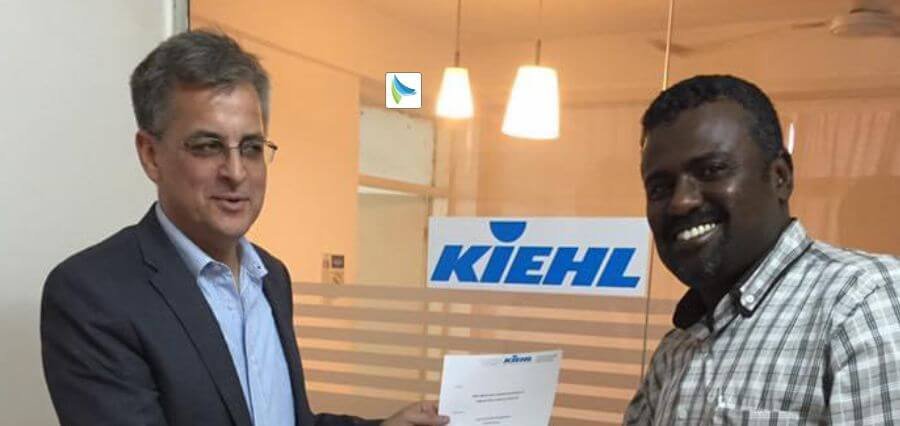Every nonprofit organization was formed from idea by someone who saw a need. Currently, there are over 1.8 million nonprofit organizations in the United States, and they represent nearly six percent of the US economy. There are different types of nonprofits, and the largest category includes churches, schools, and foundations (40%) which are supported by charitable donations.
Another type of nonprofit is a trade or professional association, which comprise about fifteen percent of nonprofit organizations in the US. The Women In Trucking Association falls into this category but is a hybrid trade (representing organizations) and professional (representing individuals.)
I founded the Women In Trucking (WIT) Association because I recognized the need for an entity to represent women employed in the trucking industry. Our mission includes encouraging the employment of women in the industry, addressing obstacles that might keep women from succeeding, and celebrating the success of its members. Our membership includes both men and women who support the mission. We currently have over 8,000 members in ten countries.
Starting a nonprofit is a challenge, as fifty percent of all nonprofit organizations will fail. WIT was formed in 2007, which was right at the beginning of the recession. However, we reached our goal of 500 members our first year. The challenge was in obtaining the support for our mission, which has never wavered.
Many of our members joined us in our first year, but every one of them waited to see if we would execute our mission before they renewed. They needed to be confident in our ability to create positive change by increasing the ranks of women in all career levels, from the cab to the S-suite.
Sixteen years ago, gender diversity in the trucking industry was not a priority. In fact, the typical response from carriers was that they just hired the best employee. Once we pointed out the fact that there wasn’t a level playing field for women, we started to convince them to change.
The trucks were designed for men, who are usually taller and have longer arms and legs. The truck stops were designed for men as well, as the lounges were only for men and the showers were locker room style with no privacy. Even the uniforms were men’s sizes and styles, and women had to adapt the shirts and pants to their smaller frames.
Additionally, there wasn’t much data available about women in the trucking industry. Companies didn’t even track the percentages of women as drivers, managers, CEOs, or directors. Beyond the demographic data, there was rarely information regarding safety or inspection by gender.
We had to create a movement by building a business case for gender diversity. Originally, we used any data relevant to female drivers or women as leaders. However, as we pushed for a more level playing field, we started seeing positive trends in attracting and retaining women.
This allowed us to start to measure diversity numbers and to identify best practices from the companies with higher female leaders, managers, and drivers. The data began to follow, and we were thrilled to learn than women are safer commercial drivers than men. We also found that women were typically easier on the equipment, better with paperwork and more engaging with customers.
Although women were not prevalent in the higher levels of companies, the ones who did promote and empower women into more powerful roles were finding their net profits were increasing. Women’s voices reflect different decision-making processes which creates a broader range of perception and understanding.
Instead of sons automatically assuming the trucking company lead role, many daughters were chosen to step into the top position. More and more companies are being started by women and run by women in the transportation industry.
The Women In Trucking Association has become the recognized resource in providing information, education, best practices and more for carriers to continue to advance the women in their organizations. Additionally, we are tracking the numbers and watching more women find successful careers as drivers, diesel technicians, safety directors, managers, and directors.
We will continue to monitor the progress of the industry and share best practices so more women can find a home in transportation. We are proud of our history of being the best resource and for starting a cultural change in all trucking related roles and we will continue these efforts until the gender imbalance is no longer an issue.



















